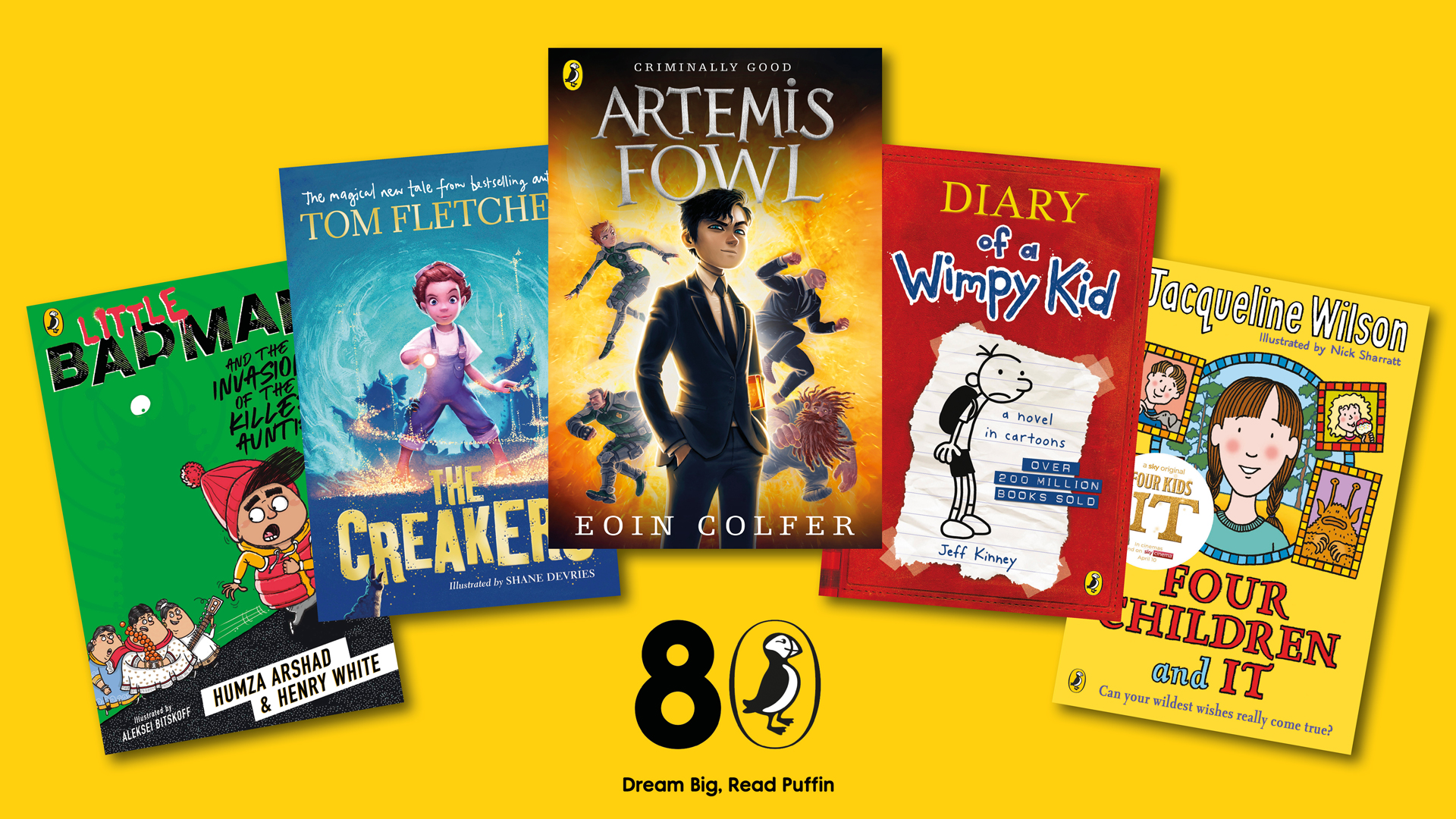Eighty years ago, more than 2.5 million British children were packed off to the countryside under the Government Evacuation Scheme. The evacuation started a mere three days before the Second World War broke out in 1939. Unaware of where they were going and for how long, children frantically assembled at their schools and waited to be ferried off by bus, rail and even ship to the surrounding countryside, where it was hoped they’d be out of harm’s way.
The evacuation process was traumatic for most, and many children struggled to adjust to the new, unfamiliar surroundings of living in a stranger’s home, with some even attempting to run away.
Recognising the need for an antidote, Allen Lane, of Penguin Books proposed a series of non-fiction picture books, inspired by similar literature published for Soviet children at the time.
The purpose of these books would be to distract children from the isolation they faced, and to help them settle into their new lives away from loved ones. Allen believed that literature should not focus too heavily on the war efforts, but instead help children to explore the new, natural world around them. Just a year later, in 1940, the Puffin Picture Book series was launched.
The first picture books, such as James Holland’s War On Land were so successful that soon after, Puffin expanded its repertoire to include fiction and secured the paperback rights to Barbara Euphan Todd’s Worzel Gummidge, which was published in 1941.
In the decades that followed, Puffin’s list grew to include some of the nation’s most loved children’s classics, including CS Lewis’s The Lion, The Witch and The Wardrobe as well as many of Roald Dahl’s celebrated works, such as Matilda, Charlie and The Chocolate Factory and his last children’s title, Esio Trot, which was published in 1991.









